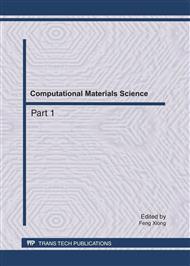p.2072
p.2077
p.2081
p.2087
p.2091
p.2097
p.2101
p.2108
p.2116
A Product Configuration Approach for Maximum Customer Satisfaction
Abstract:
Given the customer requirements for personalized product increased, the contradiction between actual products and customer satisfaction was existed. Analyzing the present situation of design templates, the product configuration approach based on design templates was proposed. The importance of template objects was sorted in descending to enhance the customer satisfaction for configuring product. A typical application of a small agricultural machinery product design was given to demonstrate the feasibility and effectiveness of the design approach.
Info:
Periodical:
Pages:
2091-2096
Citation:
Online since:
July 2011
Authors:
Price:
Сopyright:
© 2011 Trans Tech Publications Ltd. All Rights Reserved
Share:
Citation:


